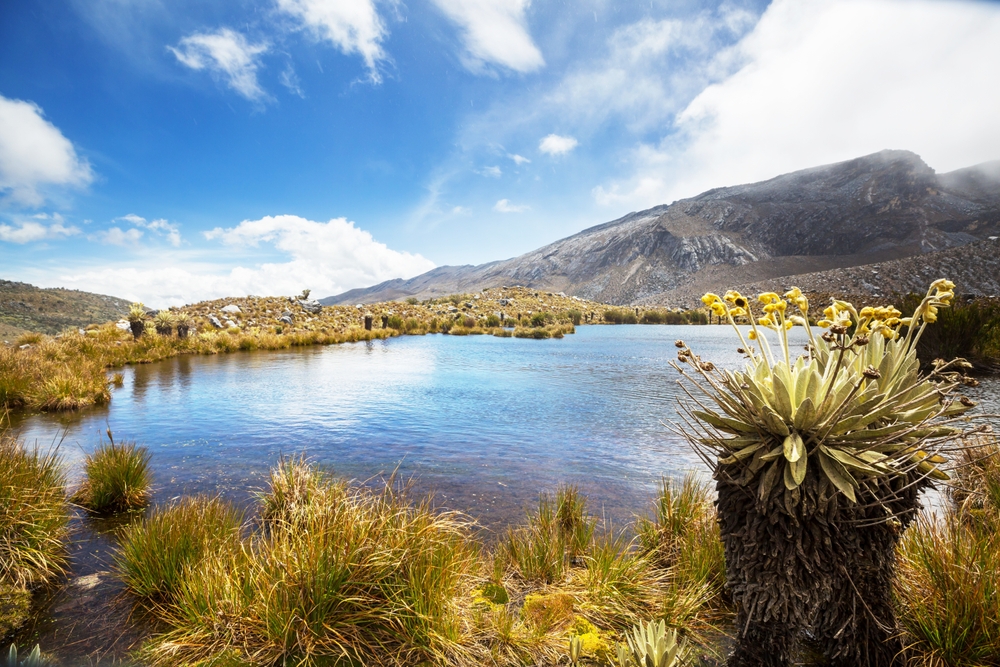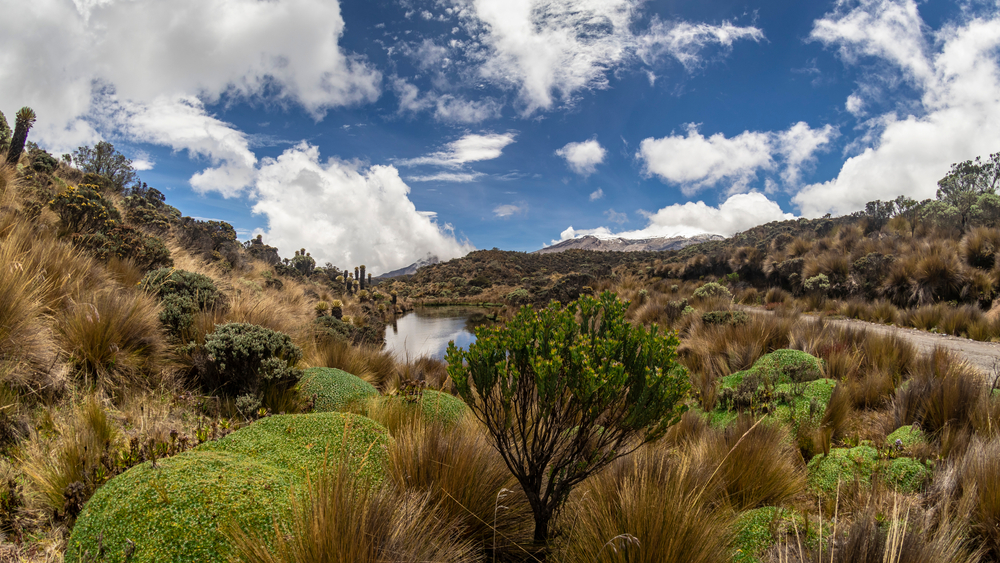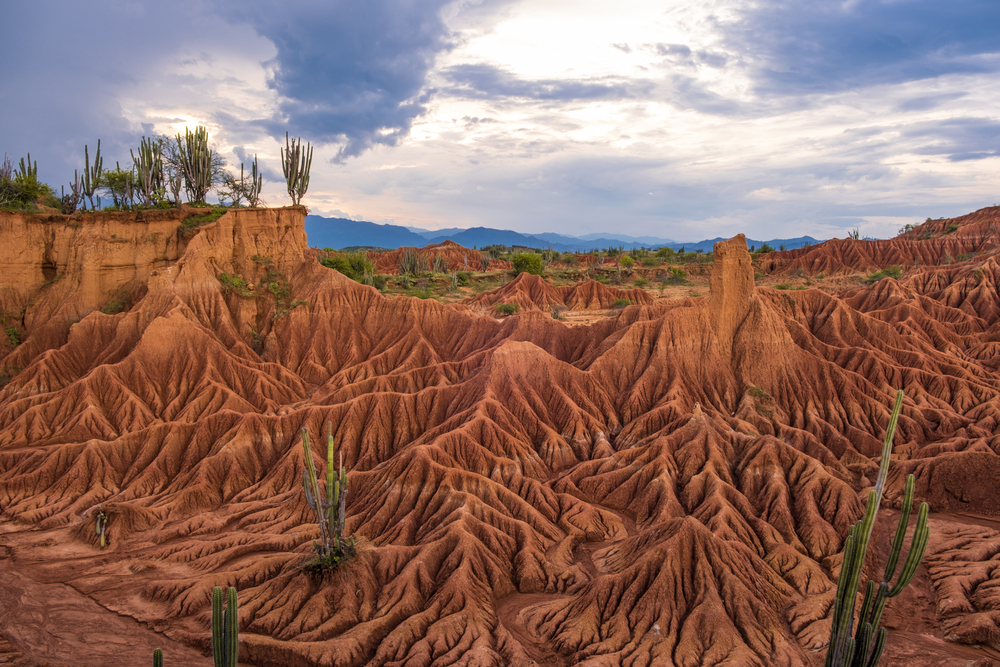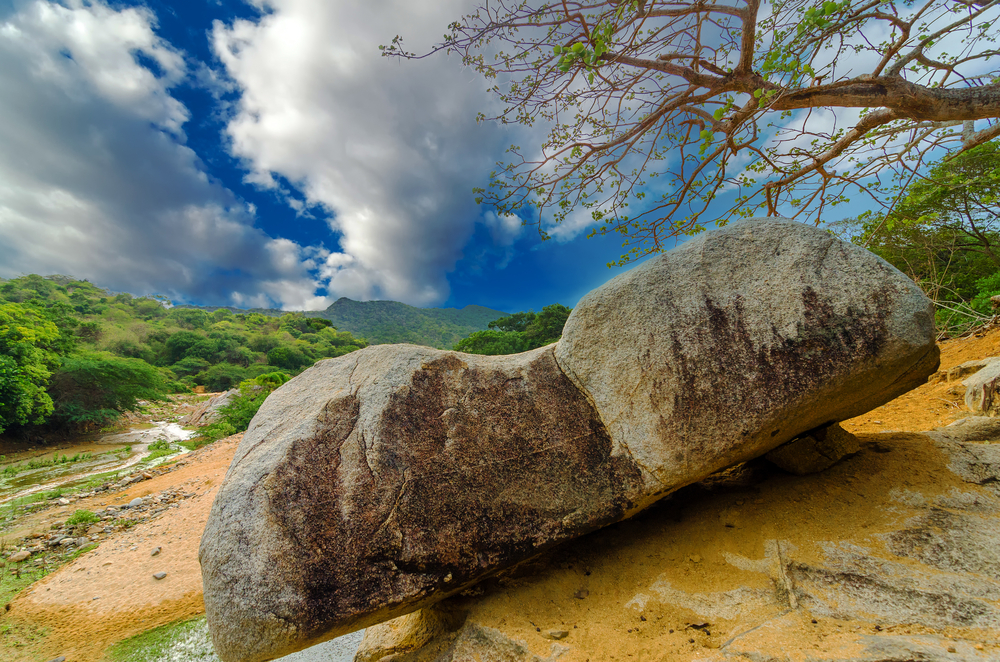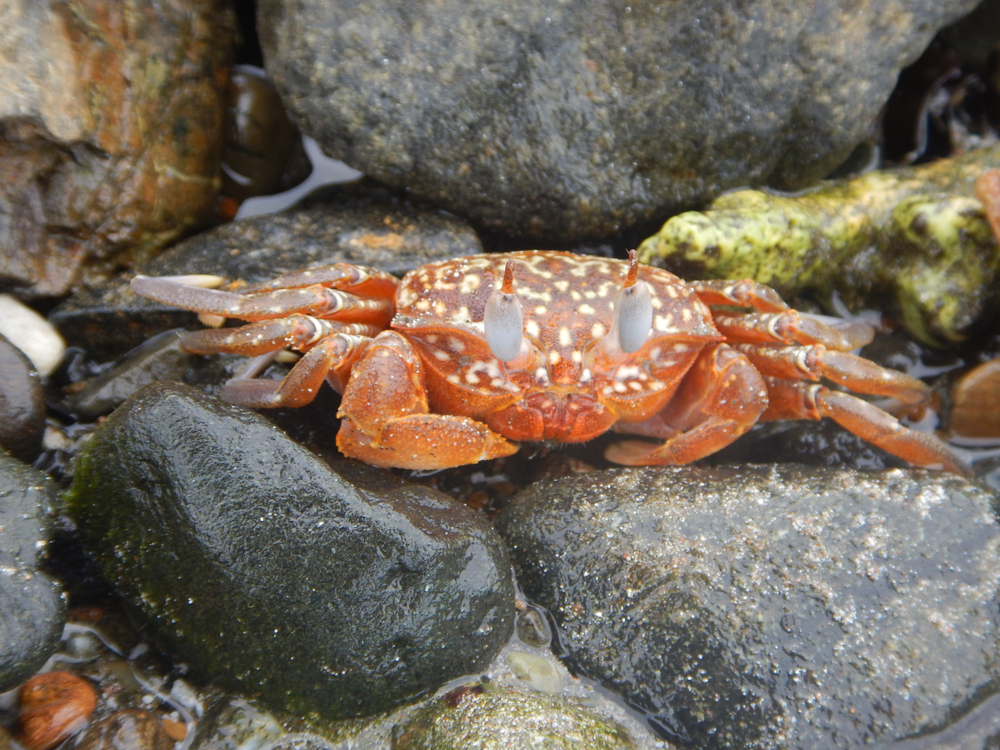Old Providence McBean Lagoon Overview
Old Providence McBean Lagoon National Park, or Parque Nacional Natural Old Providence McBean Lagoon in Spanish, is a small yet ecologically rich national park located on Providencia Island in the Caribbean Sea, part of Colombia’s San Andrés, Providencia, and Santa Catalina Archipelago.
Covering an area of approximately 4.3 square miles (11.2 square kilometers), this marine and coastal park is known for its vibrant coral reefs, turquoise waters, and lush mangrove forests, which together create a breathtaking tropical ecosystem.
The park’s landscapes feature coastal lagoons, seagrass meadows, and coral cays, with the prominent Cayo Cangrejo (Crab Cay) standing out as a favored viewpoint offering panoramic views of the Caribbean. The McBean Lagoon itself, with its shallow, crystal-clear waters, is a defining feature of the park and contributes to the region’s nickname, “The Sea of Seven Colors.”
The park’s biodiversity is equally remarkable, supporting a variety of marine and terrestrial life. The coral reefs shelter diverse fish species, sea turtles, and invertebrates, while the surrounding waters are home to rays and nurse sharks.
Birdlife flourishes in the mangrove ecosystems, with frigatebirds, herons, and brown pelicans being common sights. On land, iguanas and hermit crabs inhabit the park’s sandy and rocky coastal areas. The delicate balance of this ecosystem makes it an important conservation area for both marine and avian species, and the park plays a crucial role in preserving the region’s rich biodiversity.
A major highlight of the park is the chance to explore Cayo Cangrejo, a small cay where visitors can snorkel among vibrant coral reefs teeming with fish and sea turtles. Kayaking through the calm waters of McBean Lagoon offers a unique perspective of the mangroves and their role in supporting marine life.
The park is also ideal for birdwatching, with migratory and resident species frequently spotted in the dense vegetation. Swimming and free diving are popular activities due to the pristine water conditions and the fascinating underwater world that lies just below the surface.
Conservation efforts within Old Providence McBean Lagoon National Park have been largely focused on protecting the fragile coral reef ecosystem and maintaining the health of the mangrove forests. Restrictions on fishing and development have helped sustain marine populations and prevent habitat destruction.
However, the park faces challenges from climate change, coral bleaching, and human impact, particularly from tourism-related activities. Local conservation programs, often led by the island’s Raizal community, play an important role in maintaining the ecological integrity of the park while ensuring that visitors can continue to enjoy its natural beauty responsibly.











































































